Why does the room have a peculiar odour when using my Panasonic Air Conditioner?
- EEric PowellSep 9, 2025
This may be due to a damp smell emitted by the wall, carpet, furniture, or clothing.
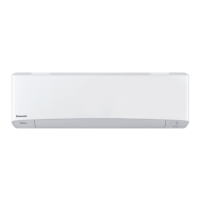
Why does the room have a peculiar odour when using my Panasonic Air Conditioner?
This may be due to a damp smell emitted by the wall, carpet, furniture, or clothing.
Why is there discoloration of some plastic parts on my Panasonic Air Conditioner?
Discoloration is subject to the material types used in plastic parts, accelerated when exposed to heat, sunlight, UV light, or environmental factors.
Why does the indoor fan stop sometimes during heating with my Panasonic CS-Z20VKR Air Conditioner?
The indoor fan stops occasionally during heating operation to avoid unintended cooling effect.
Why does the indoor fan stop occasionally during automatic fan speed setting on my Panasonic CS-Z20VKR?
The indoor fan stops occasionally during automatic fan speed setting to help remove the surrounding odour.
| Cooling Capacity | 2.0 kW |
|---|---|
| Heating Capacity | 2.5 kW |
| Power Supply | 220-240 V, 50 Hz |
| Refrigerant | R32 |
| Type | Split System |
Step-by-step guide on how to insert batteries into the remote control.
Instructions for setting the clock on the remote control.
Steps to select operational modes like AUTO, HEAT, COOL, DRY, and i AUTO-X.
Instructions on how to turn the air conditioner on and off.
Guide to adjusting the temperature and switching between °C and °F.
Explanation of warning symbols and general safety advice for operation.
Precautions for safe installation and operation of indoor and outdoor units.
Guidelines for safe use of the power cord and plug to prevent hazards.
Detailed safety precautions for indoor and outdoor units, including water, cleaning, and installation.
Safety advice for remote control use, including battery handling and malfunction.
Precautions regarding power supply disconnection and the nanoe-G generator.
Specific safety guidelines for handling R32 refrigerant during installation and servicing.
Requirements for trained personnel and safe handling practices for flammable refrigerants.
Precautions for piping, installation, and ensuring mechanical connections are accessible.
Safety checks and procedures for servicing, including minimizing ignition risks.
Procedures for checking for refrigerant presence and leak detection equipment.
Requirements for fire extinguishers and avoiding ignition sources during work.
Ensuring adequate ventilation and performing electrical safety checks before operation.
Safety guidelines for repairing sealed and intrinsically safe components.
Checking cabling integrity and detecting flammable refrigerants safely.
Acceptable methods for detecting refrigerant leaks using specific equipment.
Procedure for safely removing and evacuating refrigerant from the system.
Guidelines for refrigerant charging and preventing electrostatic discharge.
Steps for safely decommissioning the unit and recovering refrigerant.
Requirements for recovery equipment, weighing scales, and hoses.
Guidelines for labelling de-commissioned equipment and the refrigerant recovery process.
Instructions for adjusting the direction of airflow using the remote control.
Guide on how to adjust the fan speed and the behavior in AUTO mode.
How to activate Powerful mode for quick cooling and Quiet mode for reduced noise.
Using MILD DRY mode to reduce air dryness and improve comfort.
Using ECO mode to save power consumption at unoccupied rooms.
Using i AUTO-X mode for accelerated room cooling and activity detection.
Activating nanoe X for clean air, skin moisturizing, and odor neutralization.
Instructions for setting ON and OFF timers for the air conditioner.
Detailed explanation of AUTO, HEAT, COOL, DRY, and i AUTO-X operation modes.
Recommended temperature ranges for HEAT and COOL modes to save energy.
How airflow direction is controlled automatically or manually in different modes.
How the unit restarts automatically after a power failure.
Details on using nanoe X for air purification and odor neutralization.
Table of indoor and outdoor operating conditions and temperature ranges.
Instructions for cleaning the indoor unit, including front panel and human activity sensor.
How to wash and dry air filters regularly to maintain optimal performance.
Advice on clearing debris around the outdoor unit and drain pipe.
Explanation of common symptoms that do not necessarily mean the unit is malfunctioning.
Common issues and checks to perform before contacting a service technician.
Troubleshooting steps for a missing or malfunctioning remote control and indicator brightness.
Guidance on inspecting the unit after extended non-use and preparing for storage.
Conditions that require contacting an authorized dealer for service.
Instructions on how to use the remote control to retrieve diagnostic error codes.
List of diagnostic codes and their corresponding abnormality/protection controls.
Information on the collection and disposal of old equipment and batteries according to regulations.
Explanation of symbols related to flammable refrigerants, service personnel, and reading instructions.
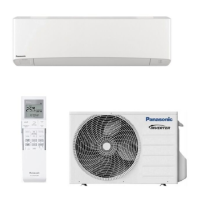

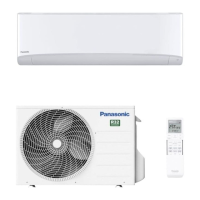
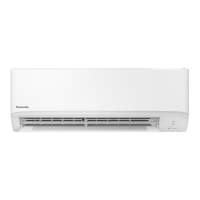
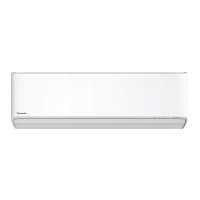
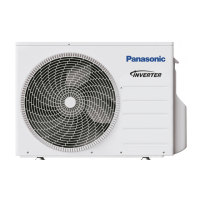
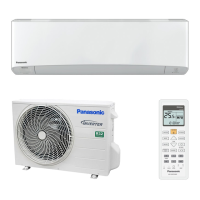


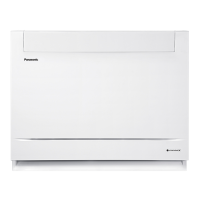
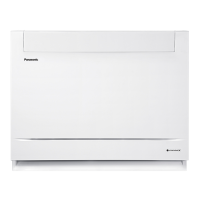
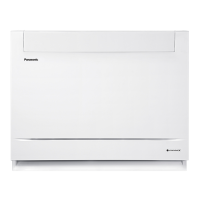
